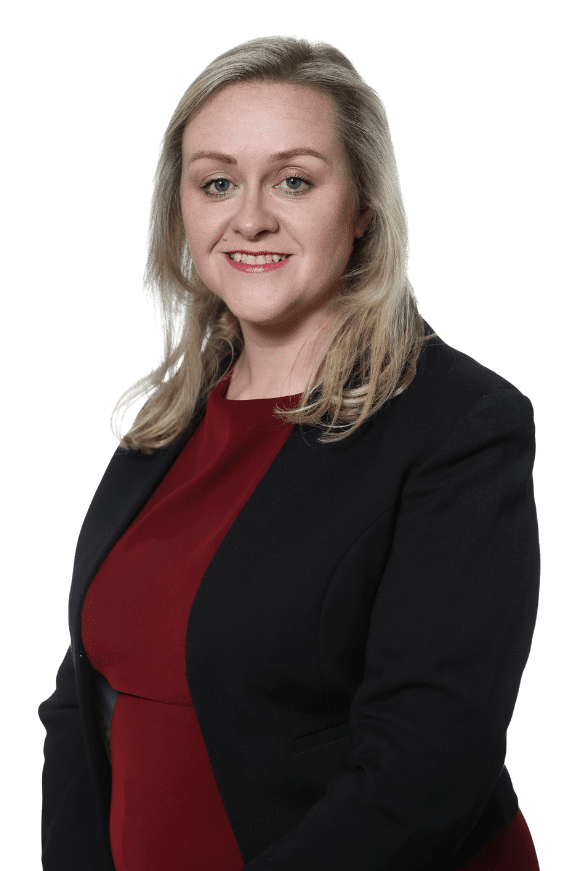IORP II is set to be transposed into Irish law in the “coming months”, although no actual date has been given by the Department of Social Protection. It will have a significant impact on the pensions landscape in Ireland and impose a range of new requirements on pension schemes.
Employers who sponsor pension schemes need to be prepared for increased costs and legal risks. The enhanced regulatory regime will in most cases result in additional costs which will be borne primarily by the sponsoring employer and non-compliant schemes will create legal risk for the employer, who will typically indemnify pension trustees for their actions.
To assist employers prepare, we examine some key issues which IORP II will create for them.
IORP II – Key Issues for Employers
- Increased Compliance Burden
IORP II requires trustees to appoint a risk manager, internal auditor and adopt a range of governance policies covering risk management, internal audit, actuarial activities (if relevant), outsourced activities and remuneration. All these additional requirements will generate a significant layer of new costs which employers will need to budget for in the future. Employers may have in-house resources and expertise to assist trustees in complying with these requirements. However, for some employers, the increased regulatory burden and cost may simply mean that continuing their existing scheme is no longer viable and prompt them to consider alternative options for pension provision. - Scheme Consolidation
To avoid duplicating costs, employers should consider consolidating existing schemes where possible. This will usually involve the wind up and bulk transfer of one or more schemes into an existing scheme. This is something we have assisted several employers with as they prepare for IORP II. It ensures that the costs associated with operating an IORP II compliant scheme are not duplicated across multiple schemes within one organisation. The increased scale that comes with consolidation should also enhance the bargaining power of the scheme trustees with investment managers and other providers when it comes to fees, which should benefit members in the long-term. - Professionalisation of Trusteeship
IORP II introduces a requirement that trustees must collectively be “fit and proper” persons. It is expected that this will mean that at least one member of the trustee board will need a professional trustee qualification. Therefore, employers who plan to maintain their existing scheme should consider: (1) appointing a professional trustee to join the trustee board; or (2) replacing the trustee board with a professional trustee. In our experience, the former approach works well; the professional trustee will know what is involved in running the scheme but can draw on the knowledge and experience of his or her fellow lay trustees to understand the employer’s business and culture. - Service Level Agreements
IORP II requires trustees to enter into legally binding agreements where they outsource certain activities. Employers should ensure that the terms of such agreements are reviewed externally so that they are in line with market norms and are not excessively pro-provider. - Master Trusts
To address the increased costs and risks which IORP II is likely to create, many employers are considering a switch to a master trust; a multi-employer scheme housed within a single trust, usually provided by a financial institution or consulting firm.The attraction is the ability to outsource trusteeship, administration and other services to a third-party provider so that it addresses the increased compliance burden IORP II will create. In theory, the master trust should also enable the increased compliance costs to be spread across multiple employers and members within the master trust, thereby resulting in cost savings for employers compared to a standalone scheme.
However, master trusts may not be the right solution for all employers. Any employer considering the switch should consider the following factors and take independent advice before making a decision to switch to master trust:
- Master trusts will result in a loss of control for employers who will no longer have the power to appoint and remove trustees and, while employers can exit from a master trust, setting up a new scheme and transferring benefits out of the master trust will be a significant logistical exercise which in itself may discourage a decision to exit.
- How are conflicts of interest managed between the trustees of master trusts and the master trust provider and does the trustee board include any independent trustees?
- Does the trustee have autonomy to invest assets and change investment manager or other service provider or are those decisions subject to the consent of the master trust provider?
- Is there a Service Level Agreement in place between the trustee and administrator which clearly sets out the service levels required and the consequences of breaching those terms?
- How is the risk of pooling of assets related to different employer sections minimised and regularly monitored so that there is clear ring-fencing of assets between those different sections?
- What charges apply, can they be increased unilaterally and how do they compare to the existing charging structure?
Conclusion
Much of the commentary and focus to date on IORP II has been on the increased governance requirements it will impose on trustees. However, employers have a key role to play in the post-IORP II landscape. For some, it will simply mean supporting trustees in meeting the new regulatory requirements and managing the associated costs. For others, it is likely to result in major changes to the current model of pension provision. Therefore, employers should pro-actively consider the implications IORP II will have for existing pension provision so they have a plan in place before IORP II is transposed.
This article is current as 3 March 2021.
Contributed by Ellen O’Duffy & Jane Barrett

